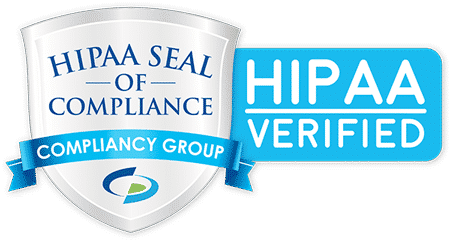Blogs
Unlock the insights, trends, and strategies shaping the digital landscape.
Stay ahead in the world of innovation and digital mastery

Why Most Funnels Fail (And How to Build One That Works)
You’ve probably heard the phrase “marketing funnel.” It just means the step-by-step process that turns a stranger into a paying customer. But here’s the truth. Most funnels do not work the way business owners hope they will. Let’s look at the real reasons funnels fall apart and how you can

How to Turn 1 Post into 10 Pieces of Content
Creating content can feel like a lot of work. If you run a small business, time is short and coming up with new ideas every day can be draining. But what if one good post could turn into ten different pieces of content? This simple method helps you get more

Why Nobody Is Clicking Your Posts (And How to Fix It)
If you’re putting time into your social media but barely getting clicks, you’re not alone. Many small business owners are posting every day and wondering why nothing is happening. The good news is this, it’s usually a few small things holding you back, and they’re easy to fix. Let’s break

Why Social Commerce is a Game-Changer for Small Businesses in 2025
In 2025, social media commerce is more than just a trend, it’s changing how small businesses sell, connect, and grow. If you run a local shop or an online store, using platforms like Instagram, Rumble, TikTok, or Facebook is a must. Here’s why social media commerce is so powerful for

How to Compete with Big Brands: 7 Guerrilla Marketing Tactics for Local Businesses
Competing with big brands can feel intimidating—they have big budgets and national recognition. But as a local business, you have a unique advantage: strong community connections, agility, and creativity. That’s where guerrilla marketing comes in—using low-cost, unconventional strategies to grab attention and build brand awareness. Here are seven guerrilla marketing

Voice Search Domination: How Local Businesses Can Rank for ‘Near Me’ Searches in 2025
Voice search is changing how people find local businesses. Whether customers ask “coffee shop near me” or “best plumber nearby,” they rely on voice assistants like Siri, Alexa, and Google Assistant for quick answers. As voice search grows, local businesses must optimize to stay visible and competitive. Here’s how to

AI-Driven Customer Support: The Future of Business Communication
The Future of Business Communication Is AI-Driven Customer Support Customer support is changing fast. Businesses are now using AI (Artificial Intelligence) to meet customers’ growing expectations for faster and more efficient service. With tools like chatbots and automated responses, AI is transforming how companies interact with their customers. The idea

Preparing for 2025: Digital Marketing Trends to Watch
As we end 2024 and welcome 2025, businesses are preparing to adapt to evolving digital marketing trends. Staying ahead of the curve is crucial for maintaining a competitive edge and ensuring your strategies resonate with consumers. Let’s explore key trends that are set to shape the digital marketing arena in

How to Track and Analyze Marketing Campaign Performance
Keeping track of how your marketing campaigns are performing is key to improving your strategies and getting better results. Using data, you can see what’s working and what’s not. Let’s dive into how you can easily monitor and review your campaigns to make the most out of them. 1. Define





